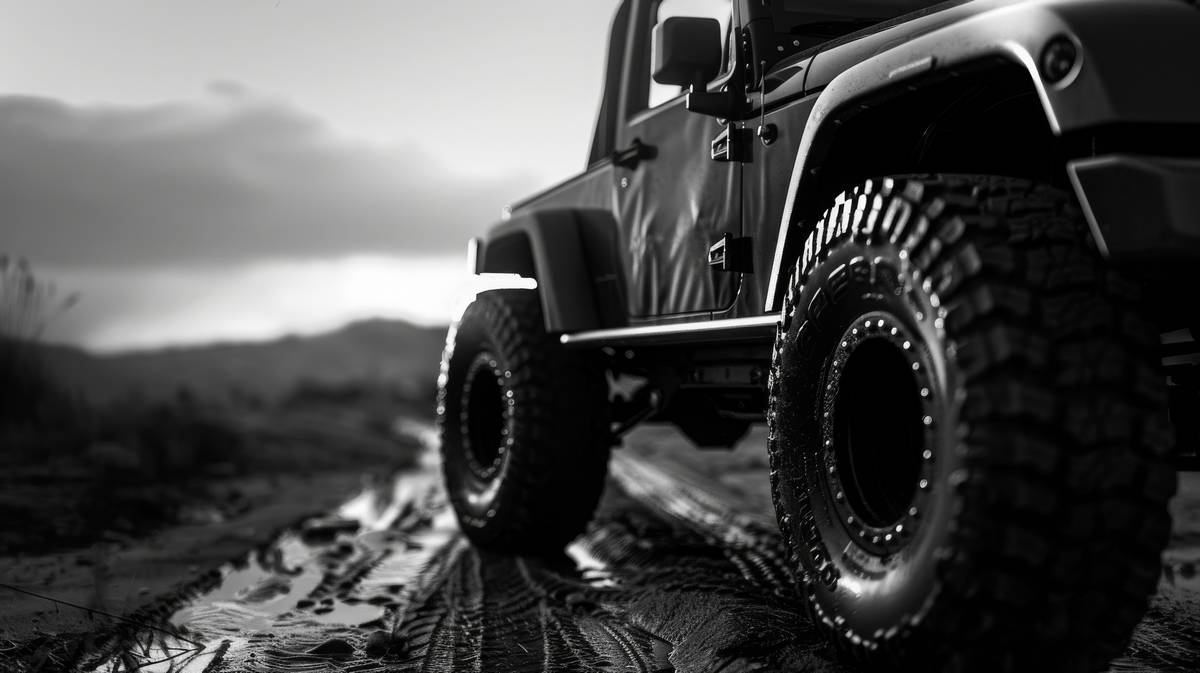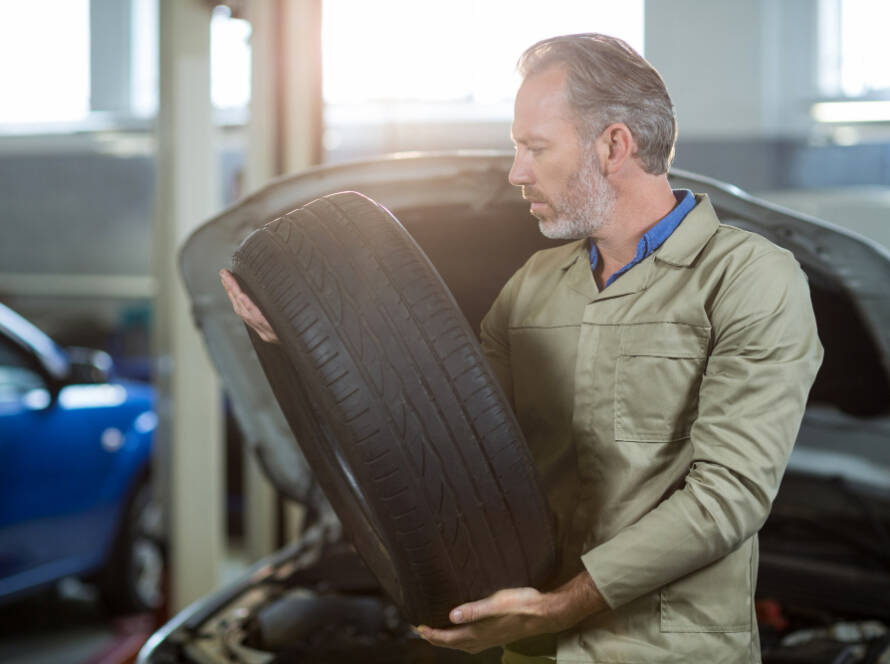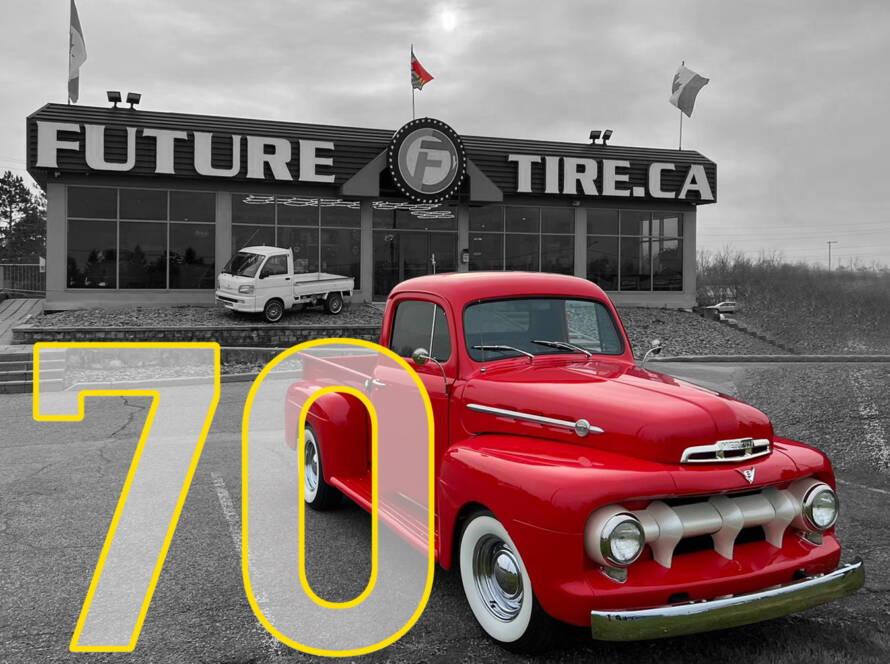Upgrading your car’s tires can dramatically change its look, feel, and performance. But can you simply throw on a set of bigger tires and hit the road? Not so fast. While upsizing tires is a popular modification, it can come with trade-offs if done incorrectly.
In this guide, we’ll explain everything you need to know about using bigger tires on your car — including the pros, cons, fitment concerns, and how to do it safely.
🔍 Why Do People Want Bigger Tires?
Bigger tires aren’t just about style — they can offer real benefits depending on your driving needs:
✅ Common Reasons for Upsizing Tires:
- Aesthetic appeal: Bigger tires give a more aggressive or sporty look
- Off-road performance: Larger tires handle rugged terrain better
- Improved ground clearance: Helpful for snow, mud, or trail driving
- Enhanced grip: A wider tire can increase surface contact for certain conditions
⚠️ Risks of Installing Bigger Tires on Your Car
Before you rush into a tire upgrade, consider these potential drawbacks:
❌ Possible Issues:
- Rubbing and clearance problems
Bigger tires may rub against the fenders, suspension parts, or inner wheel wells — especially during turns or over bumps. - Incorrect speedometer readings
Your speedometer and odometer are calibrated to your original tire size. Upsizing can cause inaccurate readings. - Reduced fuel efficiency
Larger, heavier tires require more power to move, which can decrease MPG. - Poor handling or braking
The wrong tire size can affect traction, stability, and stopping distances — especially on wet roads. - Warranty or insurance complications
Some manufacturers void parts of your warranty if the tires aren’t stock size. Some insurance companies may raise premiums or refuse claims if the tire change wasn’t reported.
📏 How to Know If Bigger Tires Will Fit Your Car
Every vehicle has a specific tire size range that works safely with its frame and suspension. Here’s what to check:
🔧 1. OEM Size Recommendations
Look at your car’s owner manual or the sticker inside the driver’s door for original tire specs.
📐 2. Wheel Well Clearance
Measure how much extra space you have between your current tires and the closest components (fender, strut, etc.).
🔁 3. Overall Diameter
Tire diameter should generally not exceed a 3% increase over stock — unless you’ve modified suspension parts or raised the vehicle.
🔍 4. Use a Tire Size Calculator
There are many free tools online that let you compare old vs. new tire sizes to see how much clearance or speedometer deviation to expect.
🆚 Bigger Tires vs. Wider Tires: What’s the Difference?
- Bigger tires usually refer to a taller overall diameter, which can increase ground clearance.
- Wider tires have a larger tread width for better grip but may require different wheels (rims) and can impact turning radius.
🛠️ Tips for Installing Bigger Tires Safely
- Stick within your wheel size range
Make sure the new tires fit your current rims or choose compatible wheels. - Consider a lift or leveling kit
If you’re significantly increasing tire size, you might need to raise your vehicle to avoid rubbing. - Upgrade related components if needed
Larger tires may require stronger shocks, brakes, or a recalibrated ECU/speedometer. - Balance your tires properly
Bigger tires are often heavier — good balancing avoids vibrations and wear.
✅ Pros and Cons of Bigger Tires
| Pros | Cons |
|---|---|
| Improved off-road ability | Increased fuel consumption |
| Better ground clearance | Possible rubbing or fitment issues |
| Tougher, more aggressive look | Can reduce acceleration or braking speed |
| Wider footprint = more traction | May require extra suspension upgrades |
🔧 Should You Upgrade Your Tires?
It depends on your driving goals. Here’s a quick guide:
| You Should Upgrade If… | You Should Avoid If… |
|---|---|
| You drive off-road frequently | You rely on precise fuel economy or speed readings |
| You want a bolder or lifted appearance | You aren’t willing to modify suspension or recalibrate |
| You’re prepared for minor performance adjustments | You’re under warranty or lease with limitations |
🧠 Final Thoughts
Yes, you can use bigger tires on your car — but only if you plan carefully and stay within your vehicle’s safe limits. While upsizing can improve your ride’s look and function, it’s essential to balance the pros and cons, and ideally, consult a tire or alignment expert before making changes.
🔗 Need Help Choosing the Right Tire Size?
Use an online tire calculator or visit your local tire shop for expert advice tailored to your vehicle make and model.





